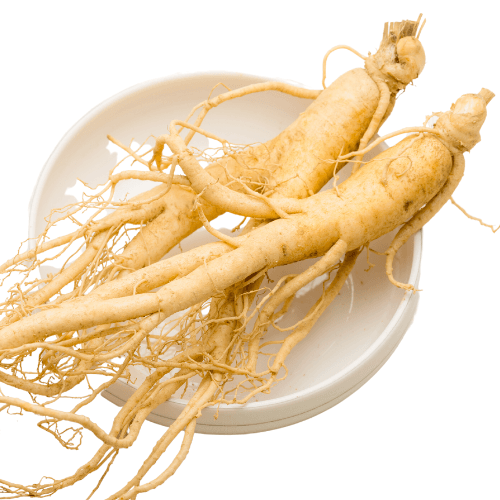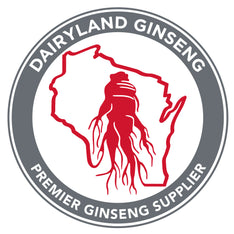
The Ultimate Guide for Planting American Ginseng Rootlets Successfully
Introduction
Welcome to Dairyland Management's blog, your go-to resource for all things related to agriculture and farming. Today, we're diving into the fascinating world of American Ginseng, a highly sought-after medicinal herb. Whether you're a seasoned farmer or a beginner looking to diversify your crops, this guide will walk you through the steps to successfully grow American Ginseng rootlets.
What is American Ginseng?
American Ginseng (Panax quinquefolius) is a perennial herb native to the deciduous forests of North America. It is highly valued for its medicinal properties, particularly its roots, which are believed to have a range of health benefits including boosting the immune system, improving focus, and reducing stress.
Preparing the Soil
Before you plant your American Ginseng rootlets, it's crucial to prepare the soil properly. Ginseng prefers well-drained, loamy soil with a pH level between 5.5 and 6.0.
- Soil Testing: Start by testing the soil to determine its pH and nutrient levels.
- Amend the Soil: Based on the test results, amend the soil with organic matter like compost to improve its structure and fertility.
- Tilling: Lightly till the soil to a depth of about 6-8 inches.
Planting the Rootlets
- When to Plant: The best time to plant American Ginseng rootlets is in the fall, ideally from late September to early November.
- Spacing: Plant the rootlets about 6 inches apart in rows that are 8-12 inches apart.
- Depth: Plant the rootlets horizontally, about 1-2 inches deep in the soil.
- Watering: Water the rootlets immediately after planting to help them establish.
Caring for Your Ginseng Plants
Watering
- Frequency: Water the plants regularly but avoid overwatering, as ginseng does not like waterlogged conditions.
- Drip Irrigation: Consider installing a drip irrigation system for consistent moisture.
Fertilizing
- Organic Fertilizers: Use organic fertilizers like fish emulsion or compost tea.
- Frequency: Fertilize once in the spring and once in the late summer.
Pest and Disease Management
- Pesticides: Use organic pesticides to control common pests like aphids and spider mites.
- Fungicides: Apply organic fungicides to prevent diseases like root rot.
Mulching
- Apply a 2-3 inch layer of organic mulch like straw or wood chips to conserve moisture and suppress weeds.
Harvesting
- American Ginseng is typically ready for harvest around 5-8 years.
- Harvest the roots in the fall for maximum potency.
Conclusion
Growing American Ginseng rootlets can be a rewarding experience, both personally and financially. With proper care and attention, you can cultivate high-quality ginseng that is much sought after in the market. We hope this guide helps you on your journey to becoming a successful ginseng farmer. For more tips and advice on farming and agriculture, keep following Dairyland Management's blog.
Happy Farming!
For more information, feel free to contact us or visit our website. Thank you for reading, and don't forget to share this article if you found it helpful!

Leave a comment